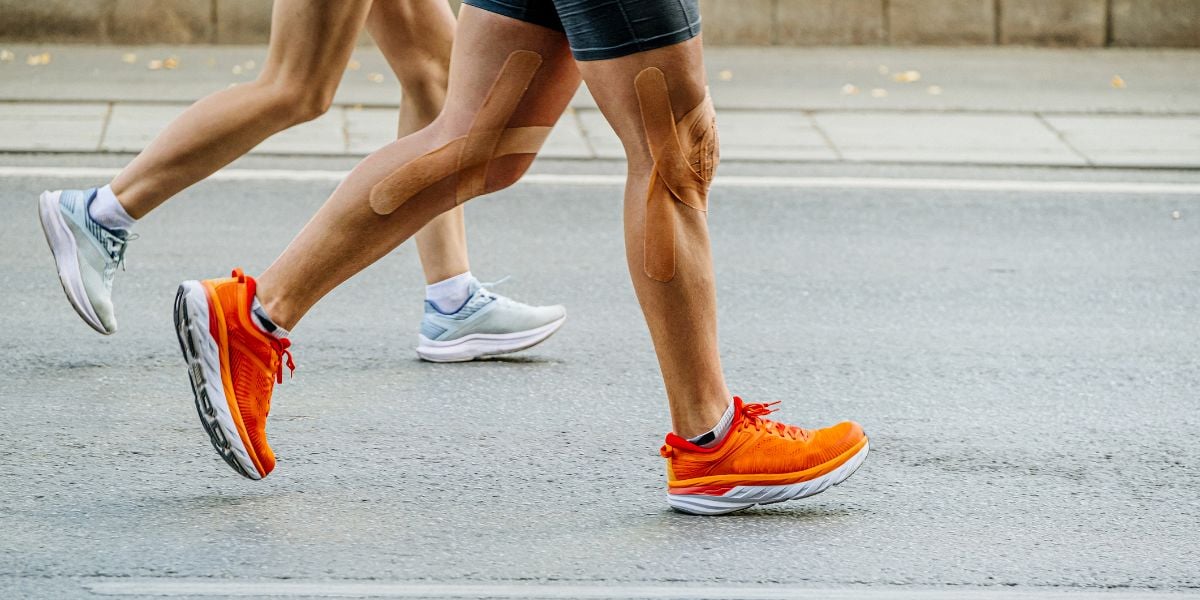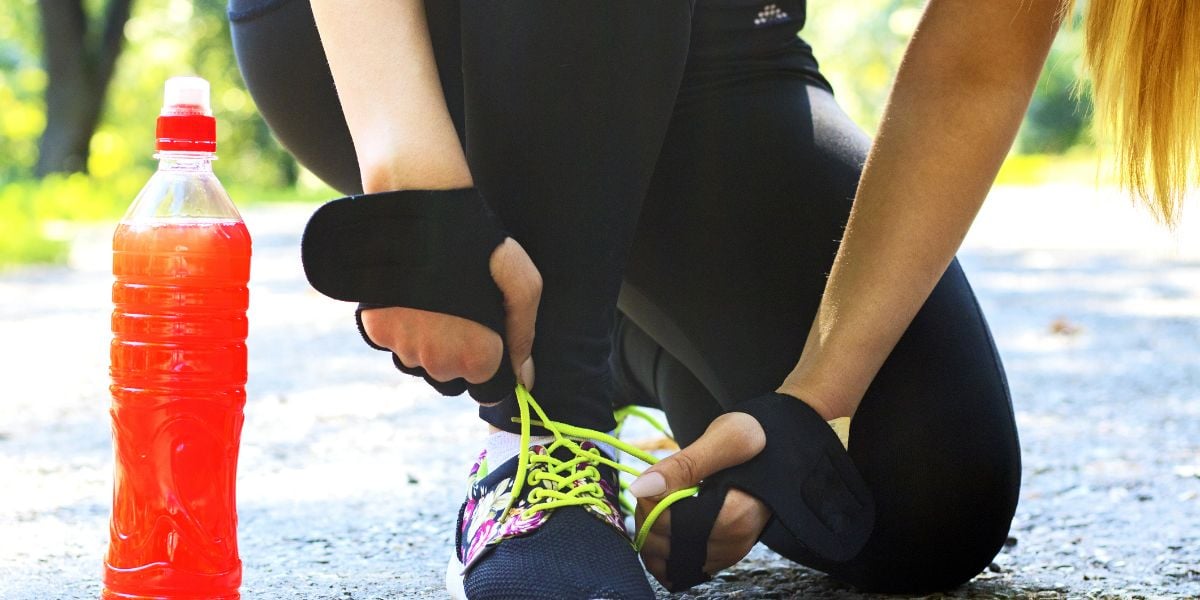Running can be an ideal form of exercise for people with diabetes as it helps improve the body’s sensitivity to insulin.
This can be especially useful for people with type 2 diabetes to help combat insulin resistance
The great aspect of running that you don’t have with many sports is control, as running can be a form of exercise tailored to your demands, unless you are specifically entering races.
Running can improve your health and help with losing weight in an extremely manageable way for people with diabetes, while providing immense satisfaction and reward in the process.
General diabetes and running tips
You should always ensure you carry a more than adequate supply of sugar, either in the form of glucose tablets or sugary drinks.
Carrying medical identification is also essential if you are running for longer than a 60-minute period, as well as informing a loved one that you are going out for a run as hypoglycemia is always a risk. A running partner, alternatively, would be ideal.
Running in the summer months is much more tempting due to the brighter, warmer conditions, but the risk of dehydration can occur during this period.
If your blood glucose levels are too high to begin with, dehydration can occur, with runners urged to ensure they are at a stable level, somewhere between 7-10 mmol/l, before setting out.
As a reference point for diabetes management, the demands from running are around 50 per cent greater than from cycling , when comparing energy exertion.
Running with an insulin pump
Running is one form of exercise for which wearing an insulin pump is completely suitable and very helpful as it is unlikely to be knocked and risk the tubing being snagged.
Management for people at risk of hypos
People at risk of hypos include anyone on insulin, sulphonylureas and glinides. For all lengths, it is best to avoid running less than two-three hours after absorbing quick acting insulin so as to not complicate your blood sugar readings and risk hypoglycemia.
Short runs
Short runs of between 20-45 minutes can be conducted many times over a week, with relatively minimal effect on blood sugar levels. Ensuring your blood sugar is between 7-10 mmol/l and consumption of a small snack should provide suitable preparation for your run.
If your blood sugar is higher than this, this snack will not be needed, while if lower, you should consume sufficient sugar and wait for your blood sugar to stabilise before running. Be sure to take glucose with you in case you start to feel low, with these symptoms often harder to spot in the middle of consistent exercise.
Reducing your quick acting insulin later in the day, or alternatively eating more, will prevent any night time hypoglycemia occurring. [113]
Long runs
A long run would generally be classed at around one to two hours, which will require a slower pace over an extended period. Long runs are only advised for runners with diabetes who have developed good routines and fitness from shorter runs, as straining your body for this duration without training can result in severe hypos.
Your preparation does not need to deviate too much from short runs, but additional hydration and glucose intake will be necessary.
Stopping on the hour mark for a brief rest, blood sugar level test and snack, such as a sandwich, will keep your energy levels high. You could consider omitting a dose of quick acting insulin with this food. Similar to short runs, you can reduce your night time insulin dosages, but this time by about 50 per cent for quick acting insulin when eating your main meal. [113]
Very long runs and marathons
Marathons are the culmination of intense training and should not be considered by people with or without diabetes that have not prepared accordingly. Initial management can be the same as above, although reducing your long lasting insulin in the morning may be advised, especially if you running a marathon for the first time.
Consuming slightly more sugar beforehand, such as a chocolate bar, will also keep your blood sugar a little higher and prevent the risk of hypoglycemia affecting you early on.
Sugar boosts such as energy gels every five or six miles will keep your nutrition levels high, while hydration is again essential. Marathon runners with diabetes have found their bodies tend to settle in regard to hydration after an hour’s running, however, and the less you sweat, the less you will need to rehydrate.
The consumption of too much liquid makes digestion much harder, so hydrating often with little amounts is the best management for marathons.
Refuelling your muscles following the run will help your body recover and a big meal combined with a reduction in insulin throughout the day will prevent hypos later in the evening. [113]
Parkrun
Parkrun is a series of 5k runs held on Saturday mornings around the UK which welcomes those looking to walk at a comfortable pace and those looking to get their personal best time each week.
Events are free to attend, and their growing popularity has led to doctors and low carb enthusiasts recommending parkrun to patients as an adjunct to eating a healthy diet.
Care for your feet
Taking care of your feet is essential when running, especially for regular runners, so you should ensure your choice of footwear is as comfortable as possible
What do other people do when running?
Running is a topic discussed frequently in the Diabetes Forum Ad Infinitum wrote: “ I’m looking for some advice on long distance running and BS management. I’m having major problems with my BS, no matter how much I reduce my Lantus the evening before a run of >1 hr or regardless of what I eat/drink before and during exercise I just can’t keep my BS high enough to avoid hypo ”



